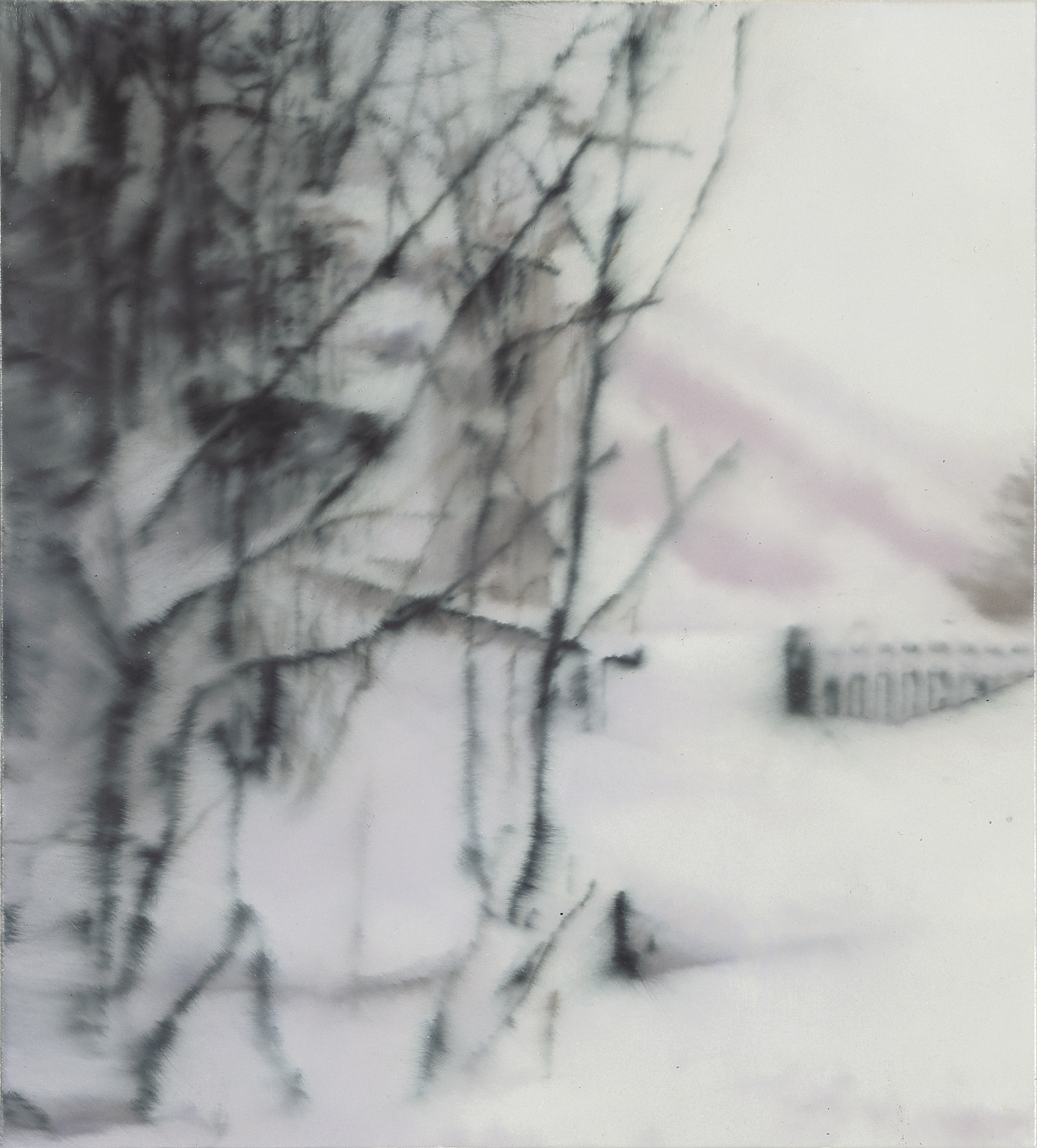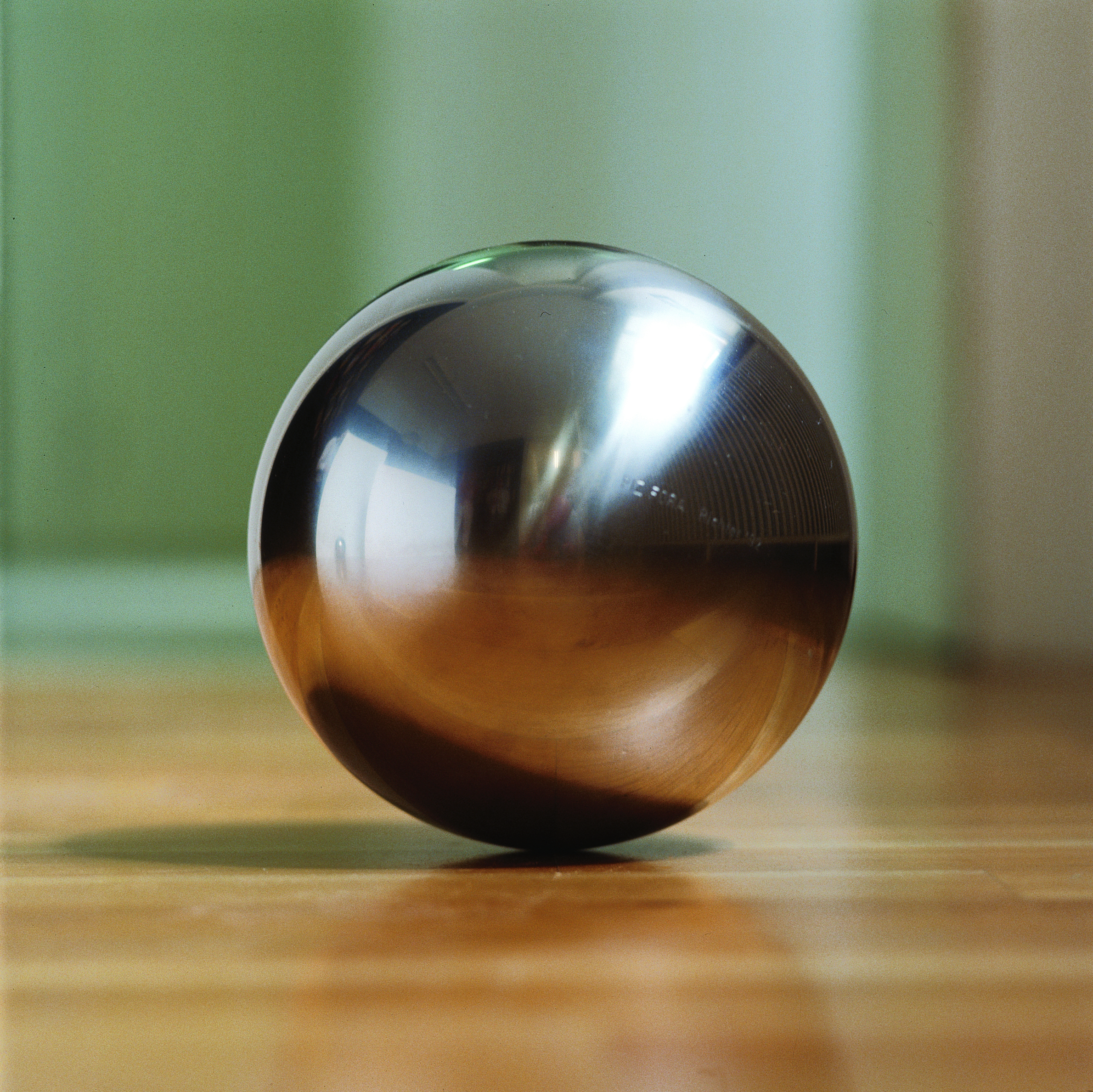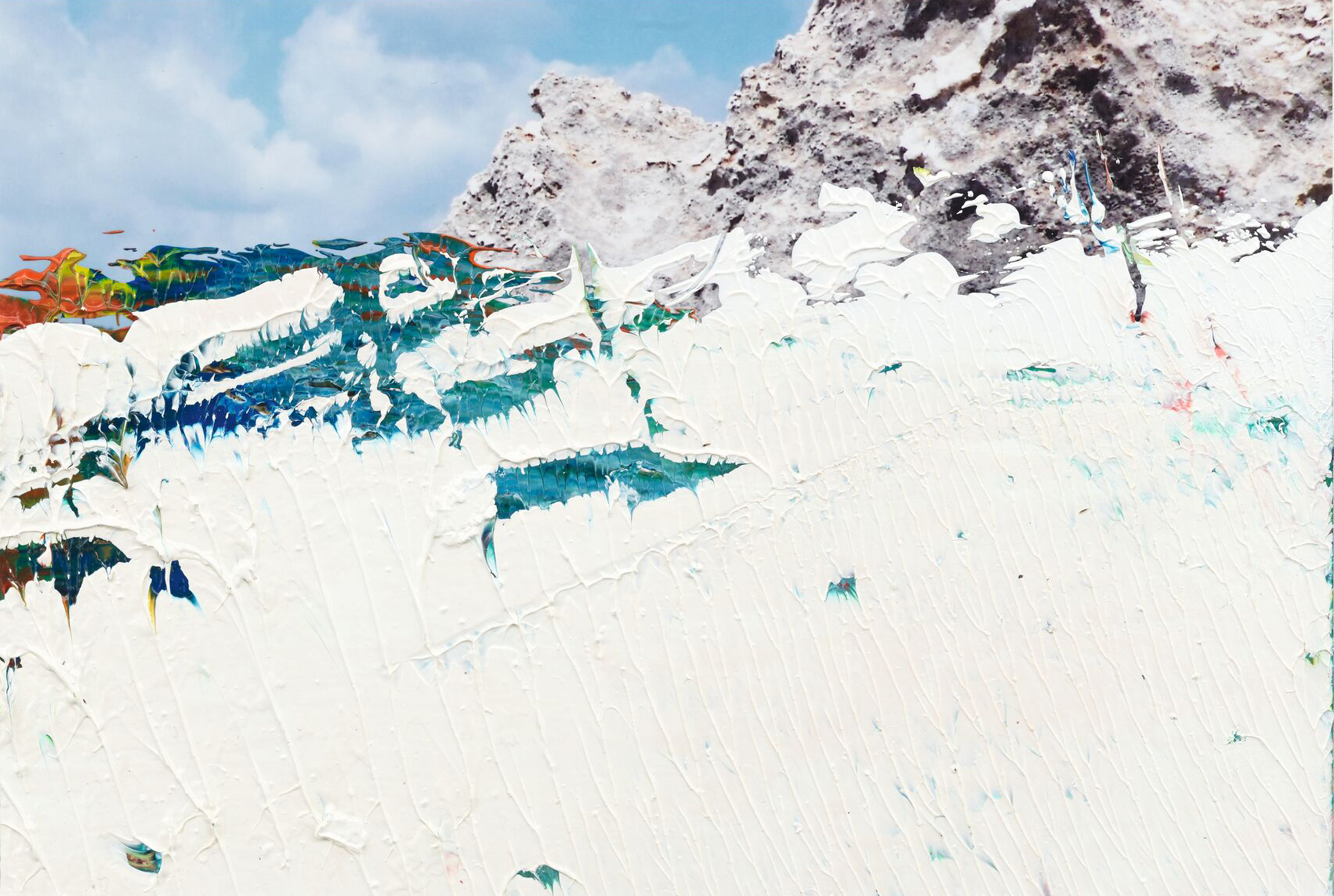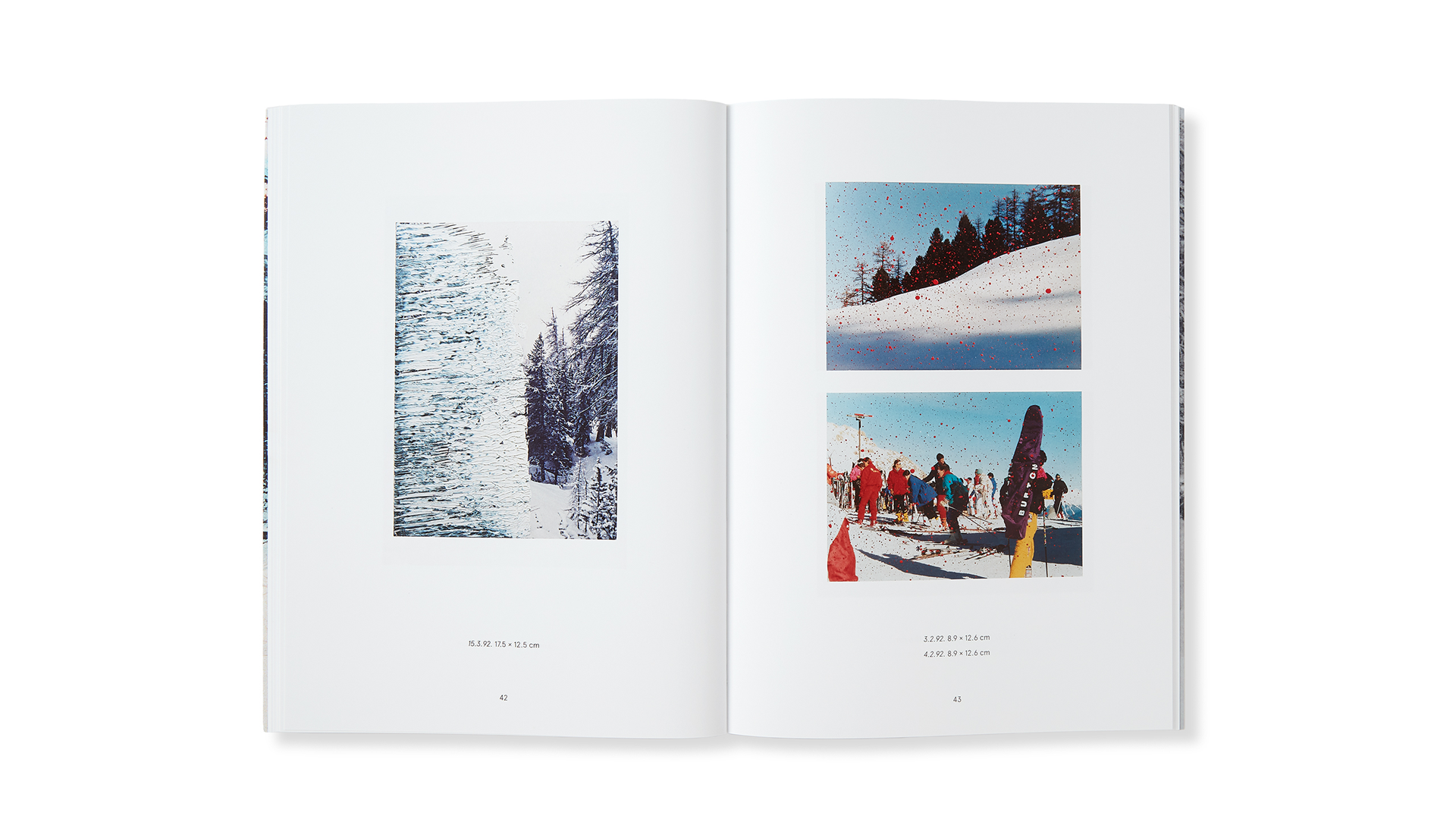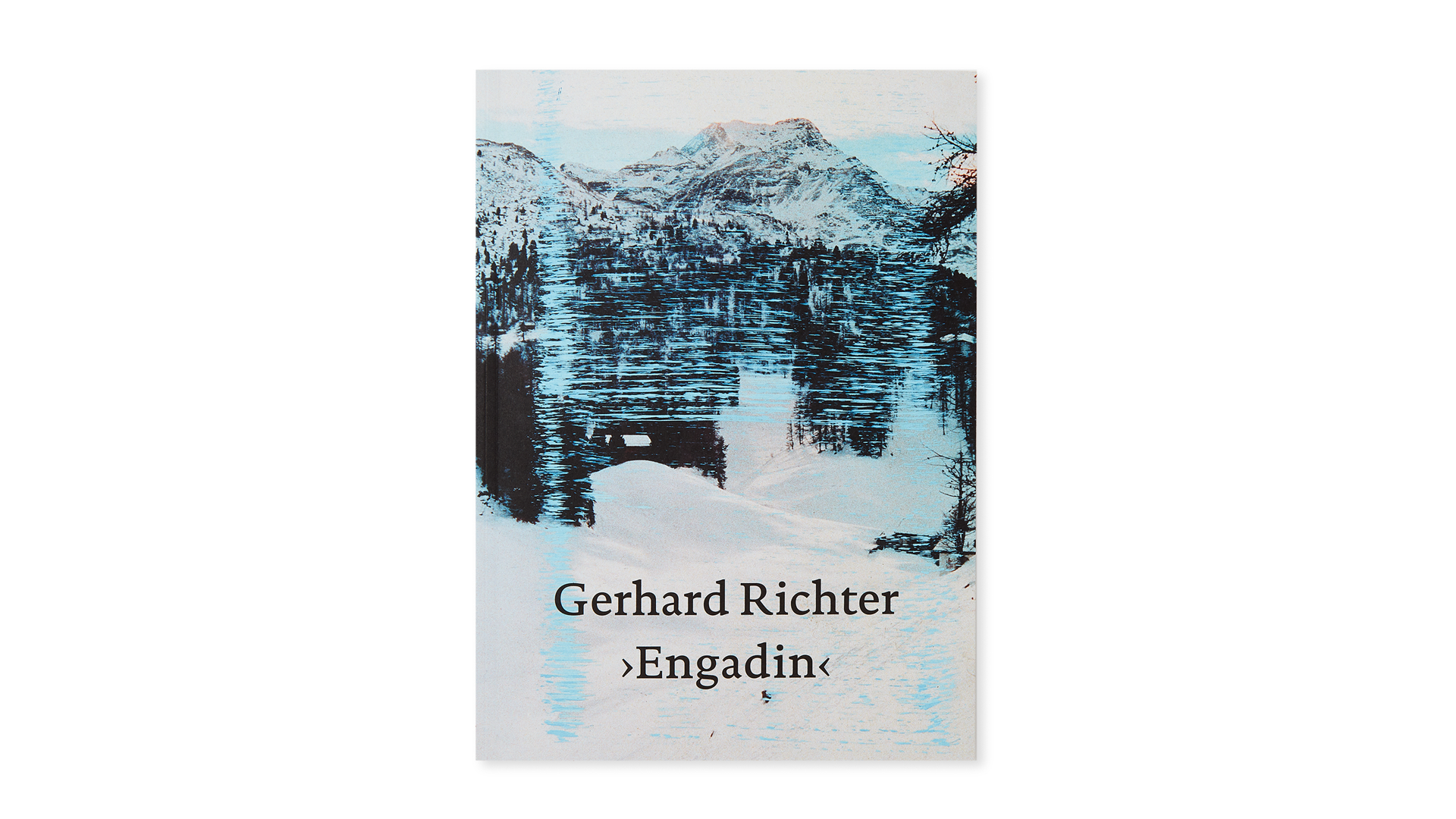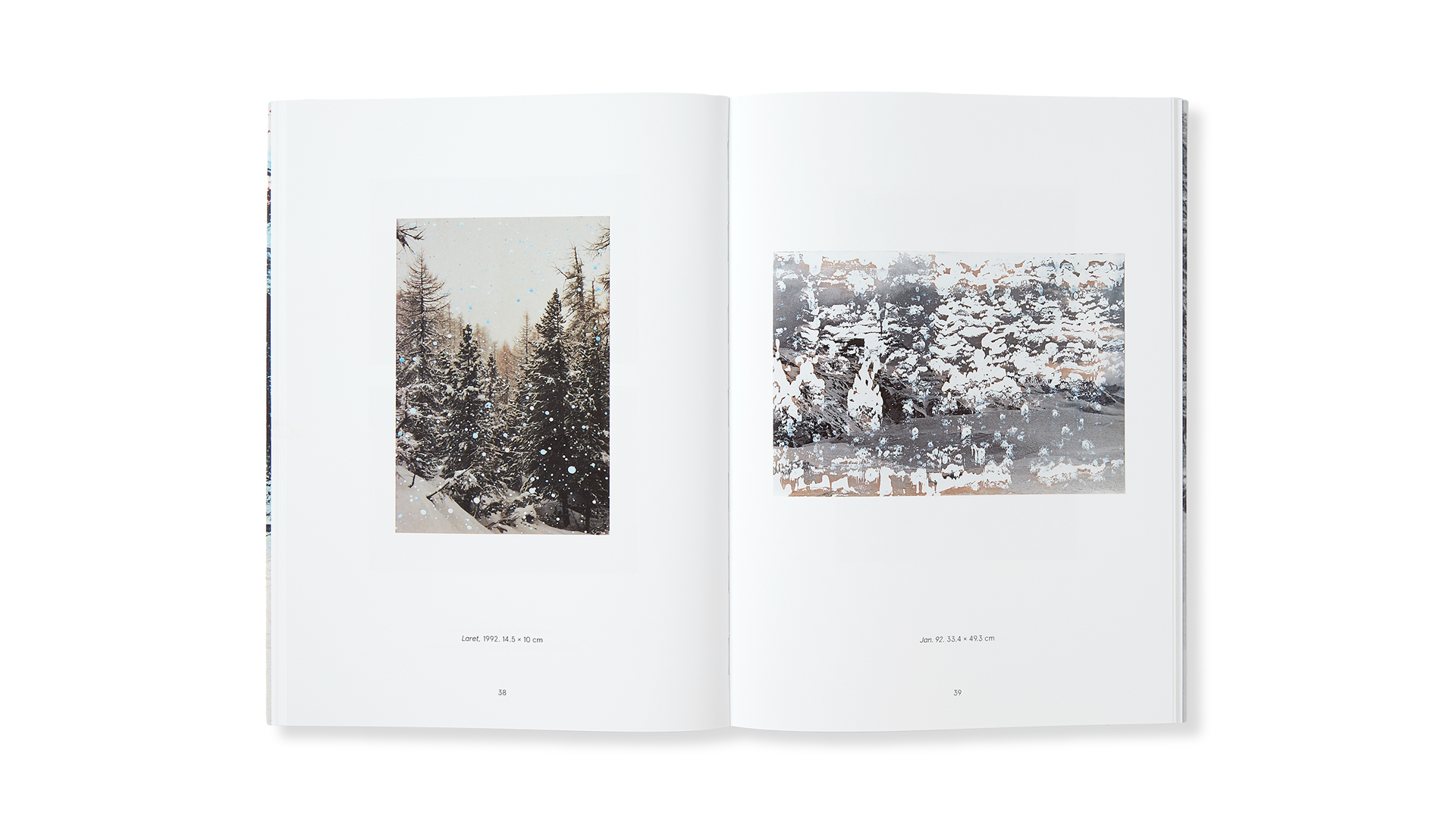Curated by Dieter Schwarz and presented across three venues in the Upper Engadin—Nietzsche-Haus, the Segantini Museum and Hauser & Wirth St. Moritz—this momentous exhibition is the first to explore Gerhard Richter’s deep connection with the Engadin's alpine landscape.
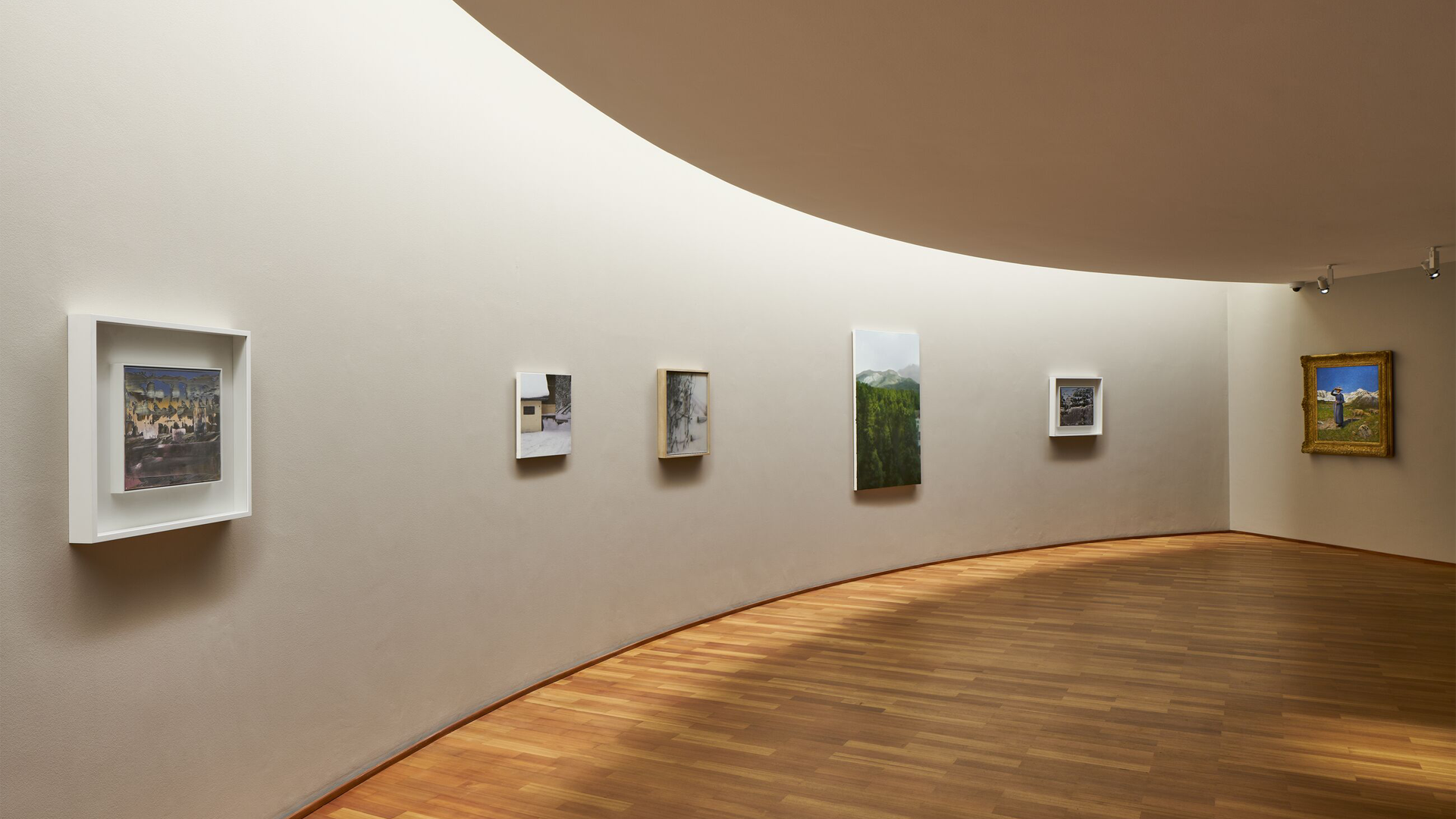
Gerhard Richter, born in 1932, is one of the most important and celebrated artists of our time. His works can be found in international collections and have been exhibited in numerous museums and galleries in Europe and the United States. Richter first vacationed in the Swiss Alpine village Sils, located in the Upper Engadin region, in 1989, a location he has regularly visited during both summer and winter holidays for over 25 years. More than seventy works from museums and private collections—including paintings, overpainted photographs, drawings and objects—are testament to the artist’s fascination with the Upper Engadin.
Installation view, ‘Gerhard Richter: Engadin,’ Segantini Museum, St. Moritz, 2023 – 2024 © 2023 Gerhard Richter (09122023). Photo: Jon Etter

The work connecting the three exhibition venues is a steel sphere that Richter had produced as an edition, on view at each site. He first presented it at Nietzsche-Haus in 1992, in an exhibition curated by Hans Ulrich Obrist. Each unique sphere bears the name of a mountain in the Upper Engadin. The matte, subtly reflective, almost surreal sphere delicately reflects all that surrounds it. It symbolizes the sublime yet inhospitable manifestations of nature, which are especially conspicuous in the mountains.
Installation view, ‘Gerhard Richter: Engadin,’ Segantini Museum, St. Moritz, 2023 – 2024 © 2023 Gerhard Richter (09122023). Photo: Jon Etter
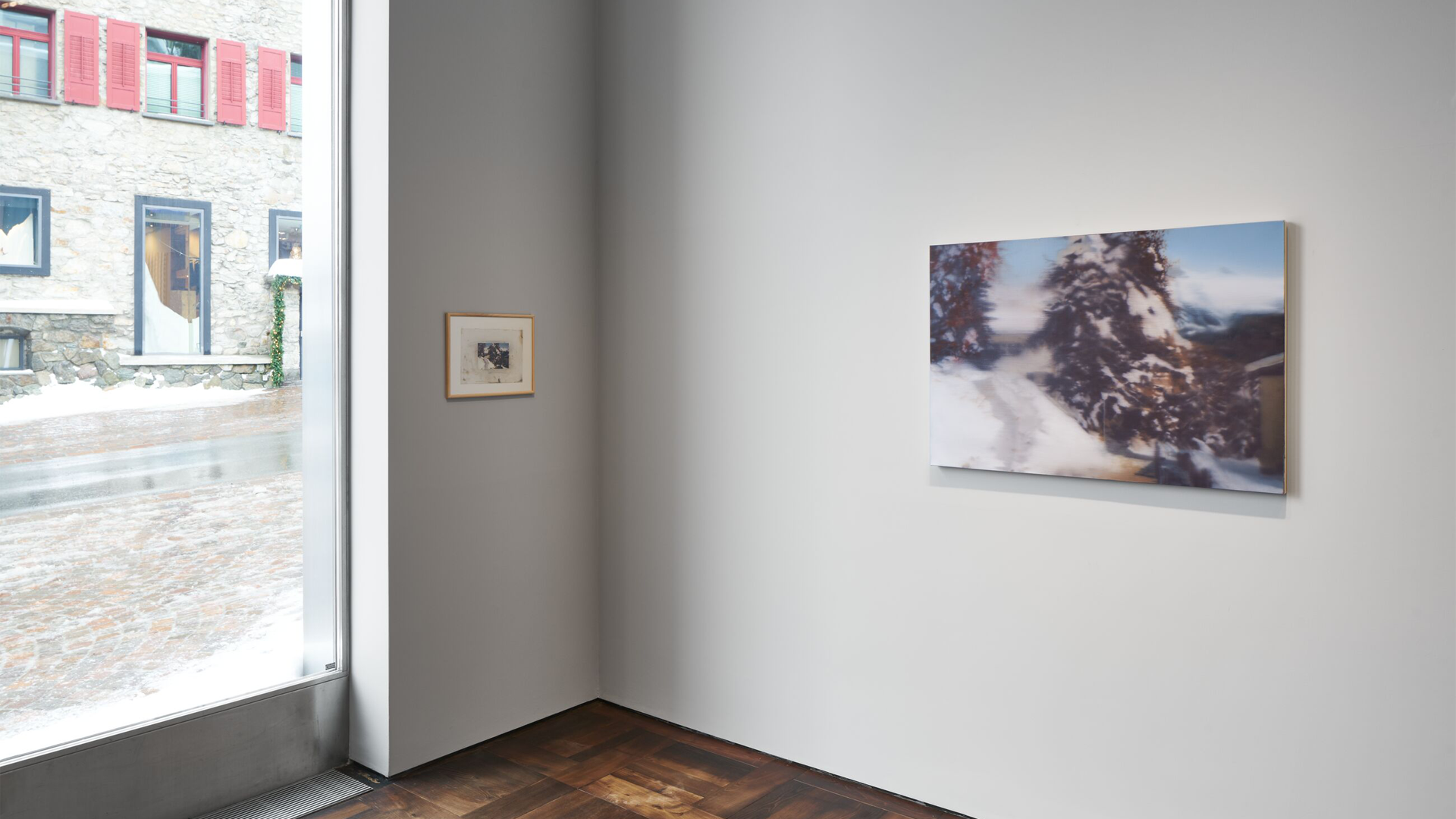
On view at the Segantini Museum and Hauser & Wirth are paintings that Richter created from photographs taken during his hikes in the Upper Engadin. These works mark a new chapter in his landscape painting—a genre that had always appealed to him for its supposed untimeliness. Richter’s Engadin landscapes are exemplary of the ambiguity in his painting, oscillating between a seductive transfiguration of nature and a reflection of its alienness.
Installation view, ‘Gerhard Richter: Engadin,’ Hauser & Wirth St. Moritz, 2023 – 2024 © 2023 Gerhard Richter (09122023). Photo: Jon Etter
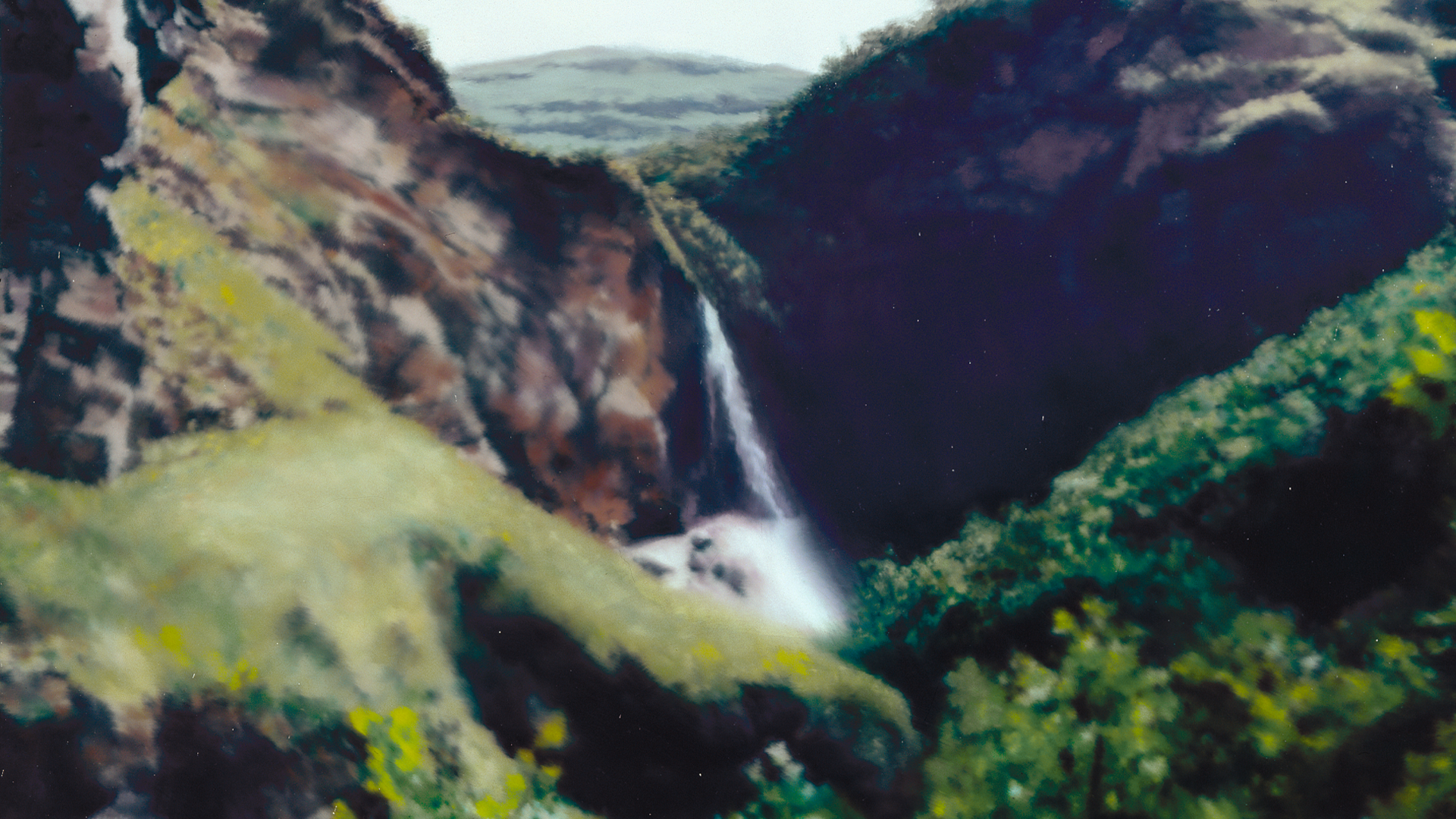
Particularly noteworthy is the painting ‘Wasserfall (Waterfall)’ (1997) from Kunst Museum Winterthur, a work that clearly traces Richter’s engagement with 19th-century painting, from romanticism to realism. The artist later overpainted some of the Engadin motifs, including depictions of Piz Materdell and Lake Sils, transforming them into abstract paintings with a melancholic atmosphere that responds to impressions of the landscape.
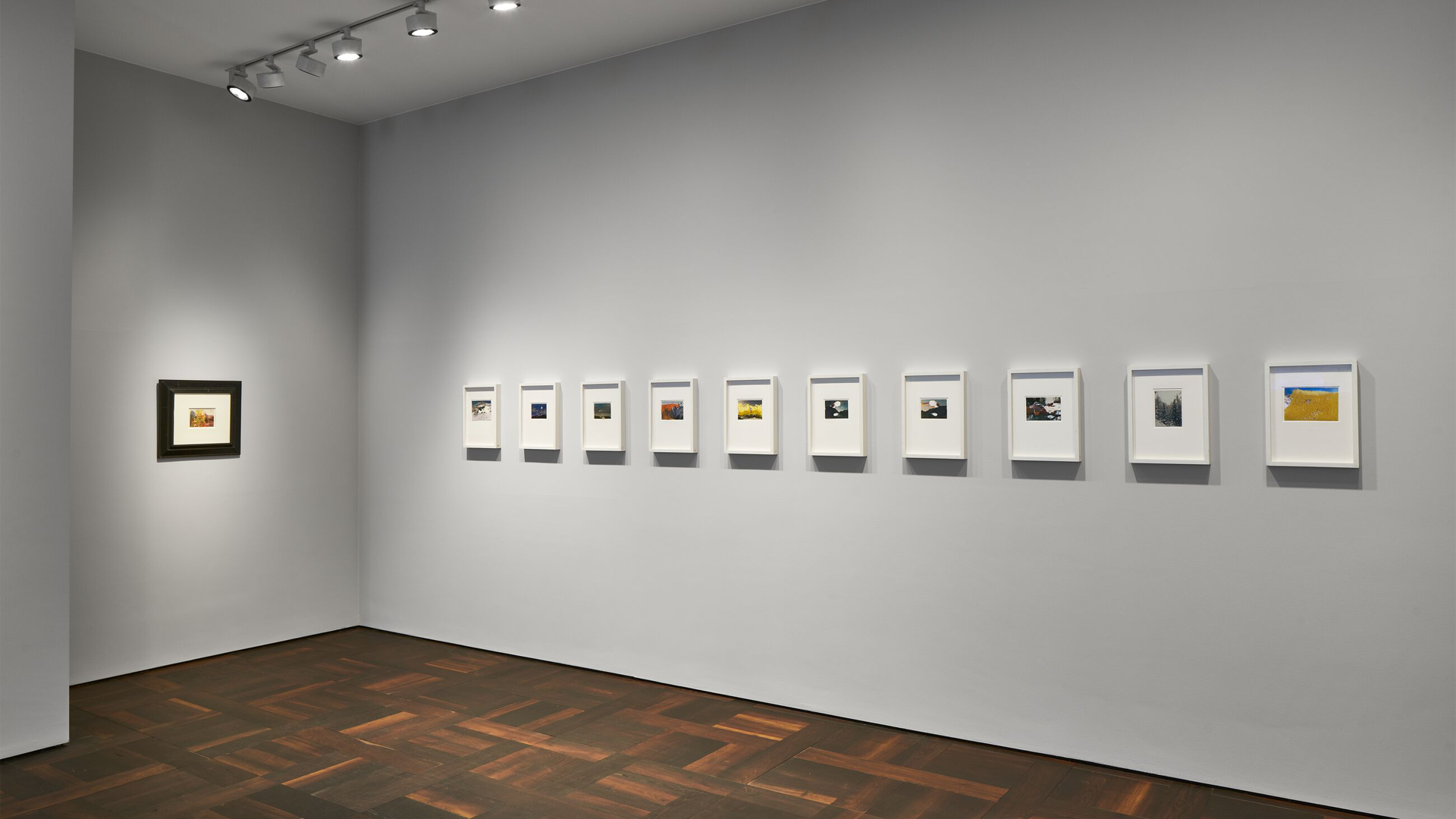
The photographs Richter brought back from the Upper Engadin not only served as templates for his paintings, but also became canvases for his experiments with oil and lacquer paint. Richter enjoyed accentuating the photographic images with delicate traces of colour, disrupting them with stains and splatters, or using paint and a squeegee to cover them almost entirely. This process allowed him to establish contact between the image and the paint, bringing them closer together or even allowing them to collide. More than fifty of these alluring small-scale works can be seen at the two exhibition venues in St. Moritz.
Installation view, ‘Gerhard Richter: Engadin,’ Hauser & Wirth St. Moritz, 2023 – 2024 © 2023 Gerhard Richter (09122023). Photo: Jon Etter
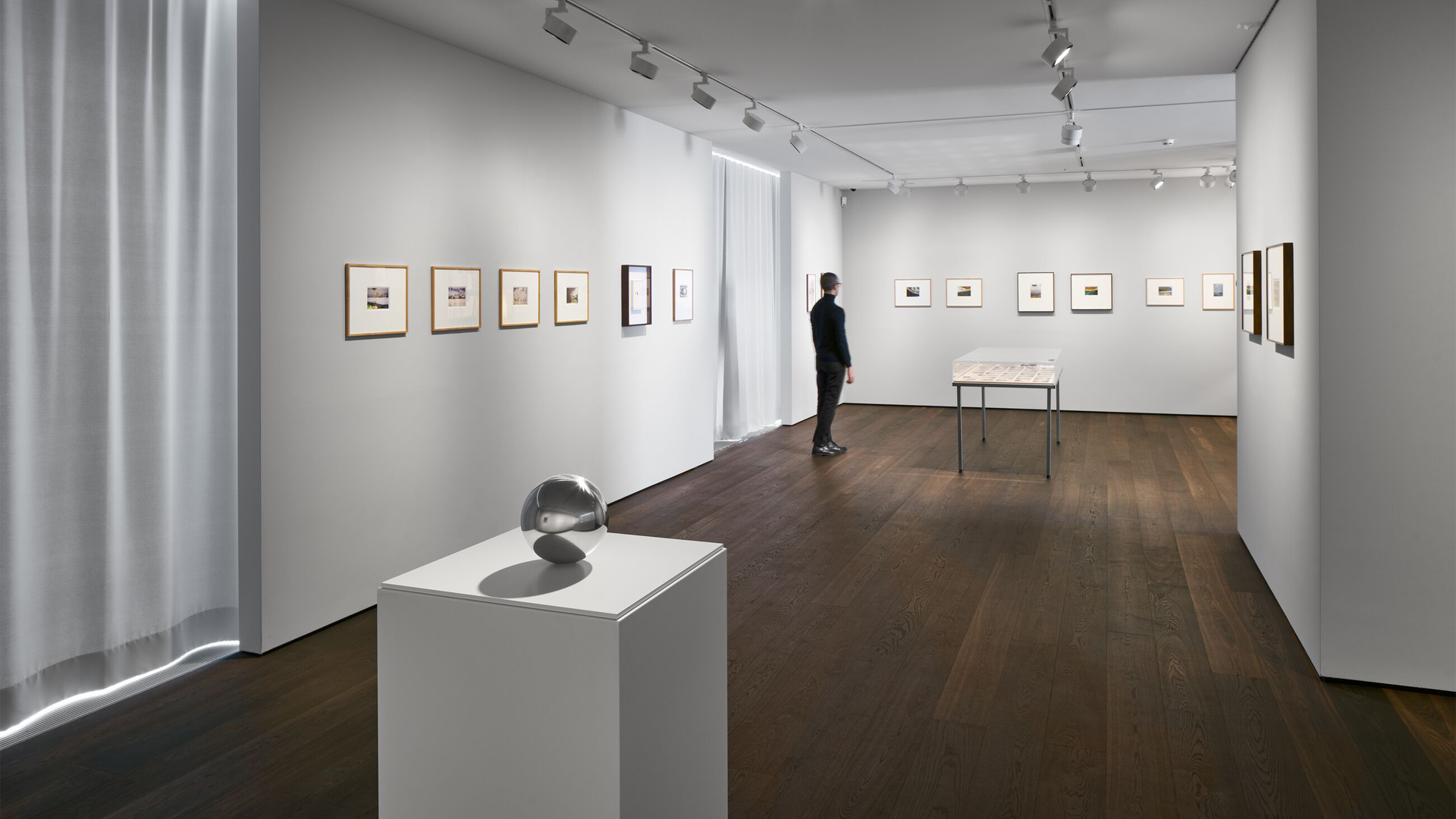
Richter first introduced this new chapter in his oeuvre during the aforementioned exhibition at Nietzsche-Haus, which essentially served as a trial run. Some of the first overpainted photographs appear in the artist’s book ‘Sils’ (1992) that was published on the occasion of the show. The maquette for this publication, designed by Richter himself, is on view at Hauser & Wirth.
Installation view, ‘Gerhard Richter: Engadin,’ Hauser & Wirth St. Moritz, 2023 – 2024 © 2023 Gerhard Richter (09122023). Photo: Jon Etter
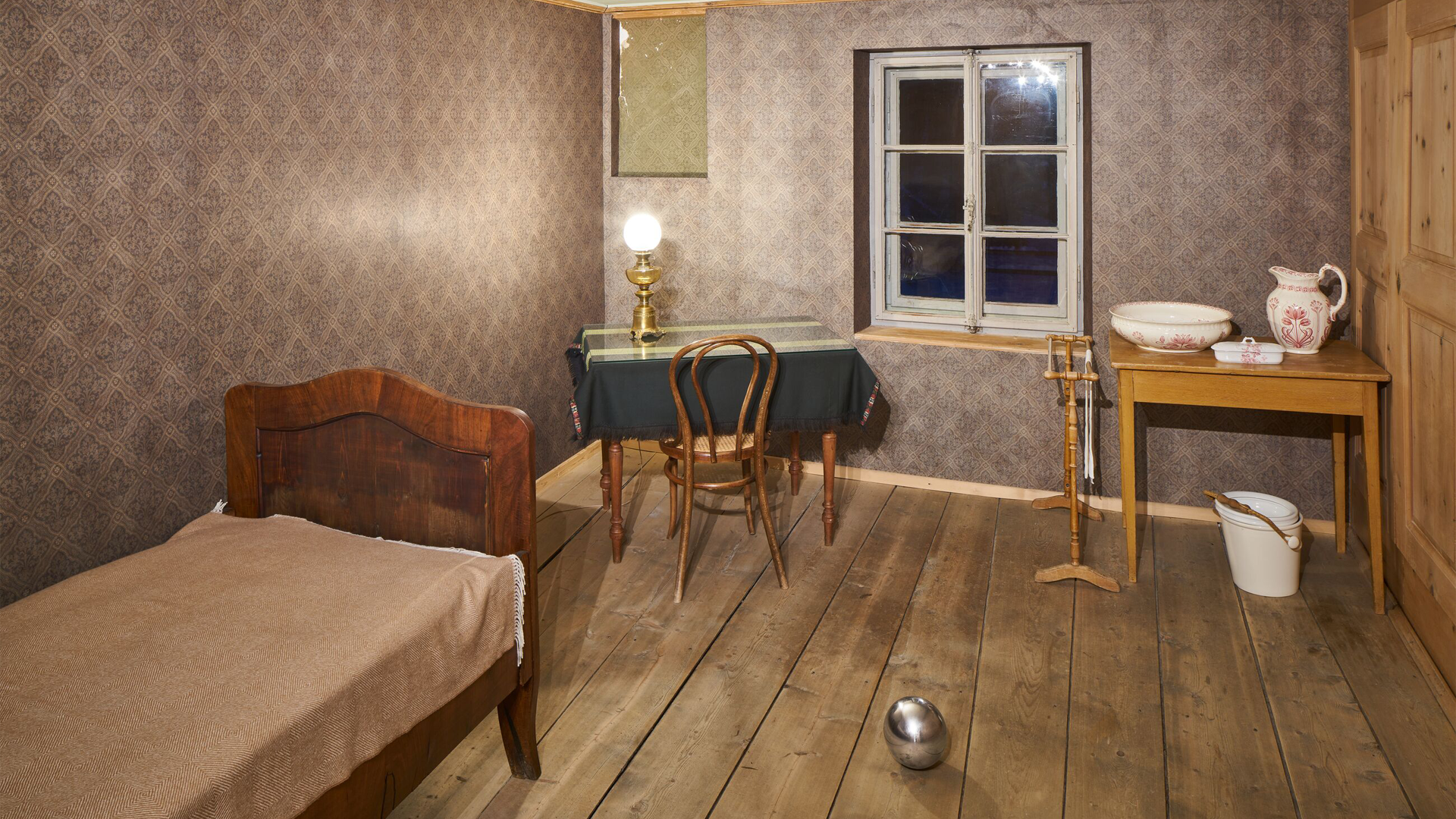
Finally, Nietzsche-Haus hosts an exhibition of 39 photographs Richter took in Sils for ‘Dezember (December)’—a book he collaborated on with the writer and filmmaker Alexander Kluge and published with Suhrkamp in 2010. Richter’s photographs of snow-covered fir trees serve as silent companions to Kluge’s texts, which focus on significant historical events.
Installation view, ‘Gerhard Richter: Engadin,’ Nietzsche-Haus, Sils Maria, 2023 – 2024 © 2023 Gerhard Richter (09122023). Photo: Jon Etter
Gerhard Richter: Engadin
‘Gerhard Richter: Engadin’ delves into the artist’s deep relationship with the Engadin region in the Swiss Alps, which he first visited in the late eighties. In an insightful essay by curator Dieter Schwarz, works in the exhibition are discussed to explore the Alpine landscapes’ impact on the artist. With eighty color illustrations, the book features paintings, overpainted photographs and archival images, with some available to see published for the first time.
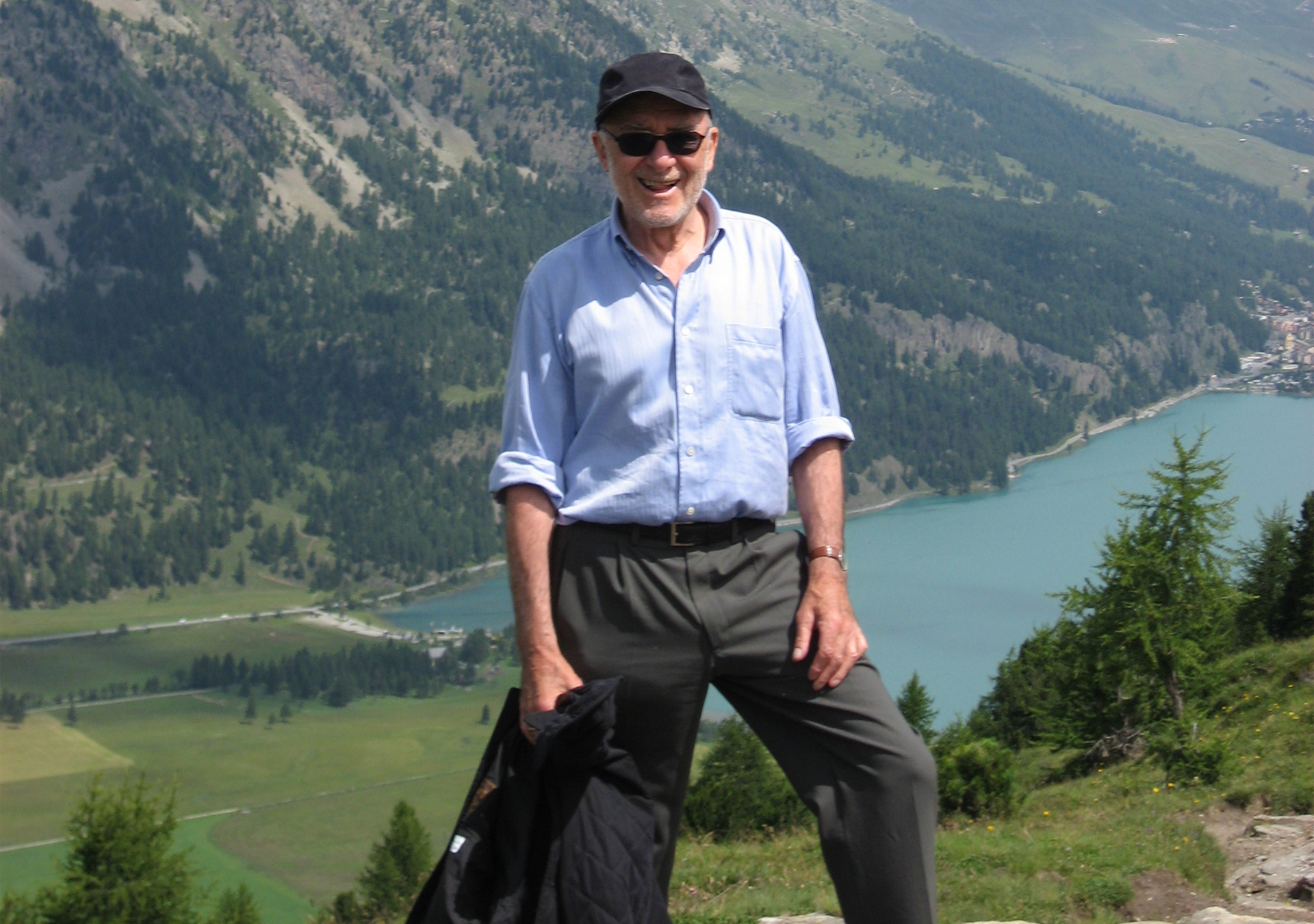
About the Artist
Over the past sixty years of his artistic career, Gerhard Richter has produced a boundary-breaking oeuvre whose thematic and stylistic diversity remains unrivalled amongst the art of our time. From 1962 onwards, Richter has used photographs from public and private sources as the basis of figurative paintings. He subsequently ventured into an individual form of abstraction resulting in his iconic curtain paintings and color charts. The give and take between representation and abstraction is characteristic for Richter, whose works range from grey paintings, romantic landscapes, sea- and cloudscapes, portraits, squeegee paintings, and strip paintings. ‘If the abstract pictures show my reality, then the landscapes and still-lifes show my yearning,’ he wrote in 1981.
Image: Gerhard Richter in Sils, summer 2006. Photo: Sabine Moritz
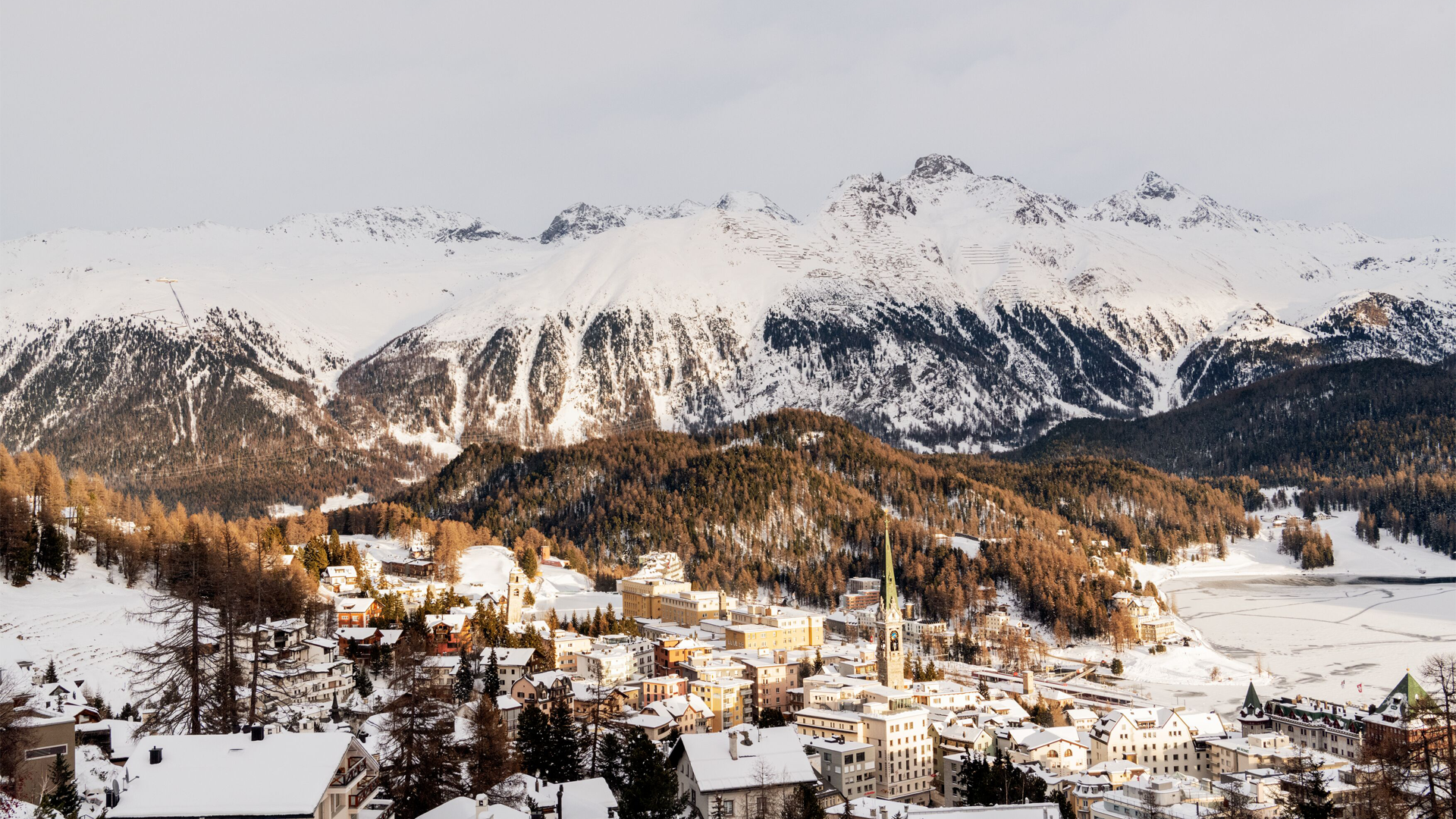
On view in the Engadin
Presented across three venues in the Upper Engadin, ‘Gerhard Richter: Engadin’ is on view at Nietzsche-Haus, the Segantini Museum and Hauser & Wirth St. Moritz.
The exhibition is a joint project between Nietzsche-Haus, the Segantini Museum and Hauser & Wirth.
Current Exhibitions
1 / 12



